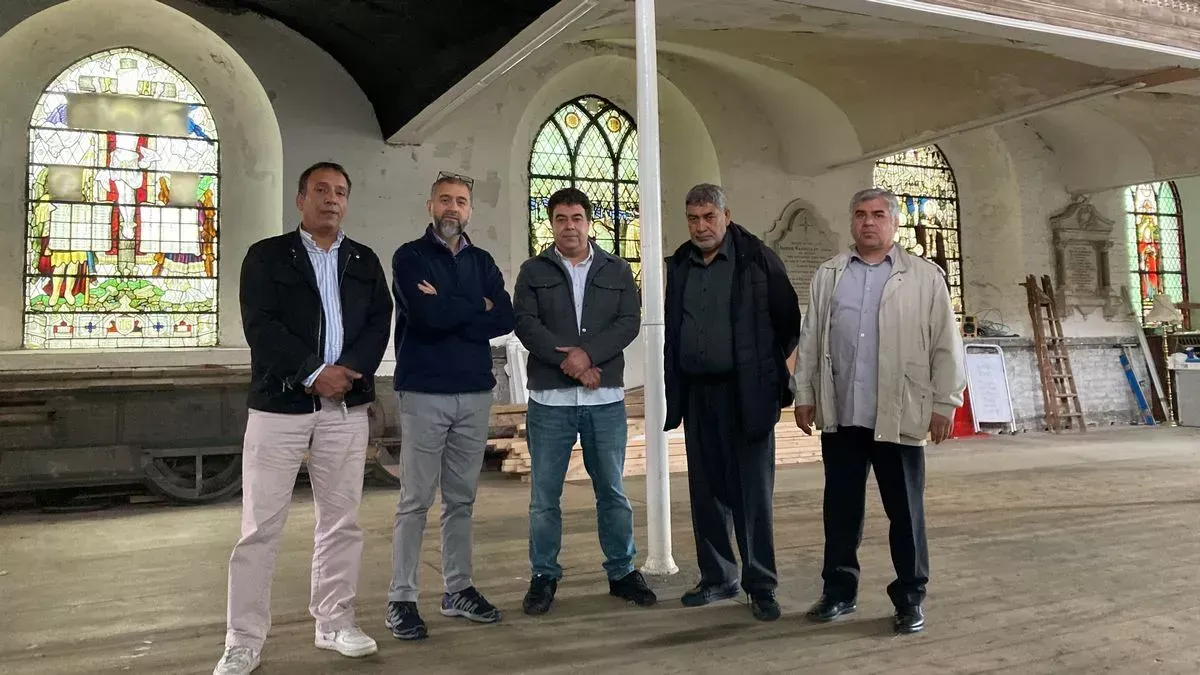Church of England Halts Mosque Conversion of Historic Georgian Church
The Church of England has blocked the transformation of a Grade II-listed Georgian church into a mosque, citing a legal covenant. The decision comes after an Islamic charity had obtained planning permission for the conversion.

The Church of England has recently intervened to prevent the conversion of a disused Grade II-listed church into a mosque in Hanley, Staffordshire. This decision highlights the complex interplay between religious institutions, historical preservation, and community development.
St John's Church, a Georgian structure built in 1788, has been at the center of this controversy. The building, which has been out of use since the 1980s due to structural concerns, was sold by the Diocese of Lichfield in 2009. Recently, the Zamir Foundation, an Islamic charity, obtained planning permission from Stoke-on-Trent City Council to transform the church into a Muslim place of worship.
However, the Church of England has invoked a legal clause to block this development. The restrictive covenant, placed on the property during its sale in 2009, prohibits the building from being used for worship by any religion other than Christianity. This type of covenant is a common tool in property law, used to specify actions that can or cannot be taken with a property.

The Church Commissioners, responsible for managing the Church of England's £8.7 billion investment fund, have stated their position clearly. While they support the use of former churches for community purposes, they are firm on upholding the covenant that restricts the building's use as a place of worship to Christianity only.
This situation raises interesting questions about the adaptive reuse of religious buildings. With declining church attendance in many areas, the repurposing of church buildings has become increasingly common. Examples of creative conversions include churches transformed into climbing walls, nightclubs, and even swimming pools.
The Zamir Foundation had ambitious plans for St John's Church. Beyond creating a mosque, they intended to install a museum, a multi-faith library, and a women-only gym within the building. These plans aimed to create a multifunctional space serving various community needs.
It's worth noting that St John's Church is one of the 12,500 listed buildings owned by the Church of England, representing a significant portion of the country's architectural heritage. As a Grade II-listed building, it is considered of special interest, warranting efforts to preserve its historical and architectural significance.
The Church of England's decision has implications not only for this specific case but also for the broader discussion on the use and preservation of historical religious buildings. As communities evolve and religious demographics shift, finding appropriate uses for these structures while respecting their historical and legal contexts remains a challenge.
As of now, the future of St John's Church remains uncertain. The Church of England has indicated its willingness to consider legal action if the covenant is ignored. This situation serves as a reminder of the complex intersections between law, religion, and community development in modern society.


































